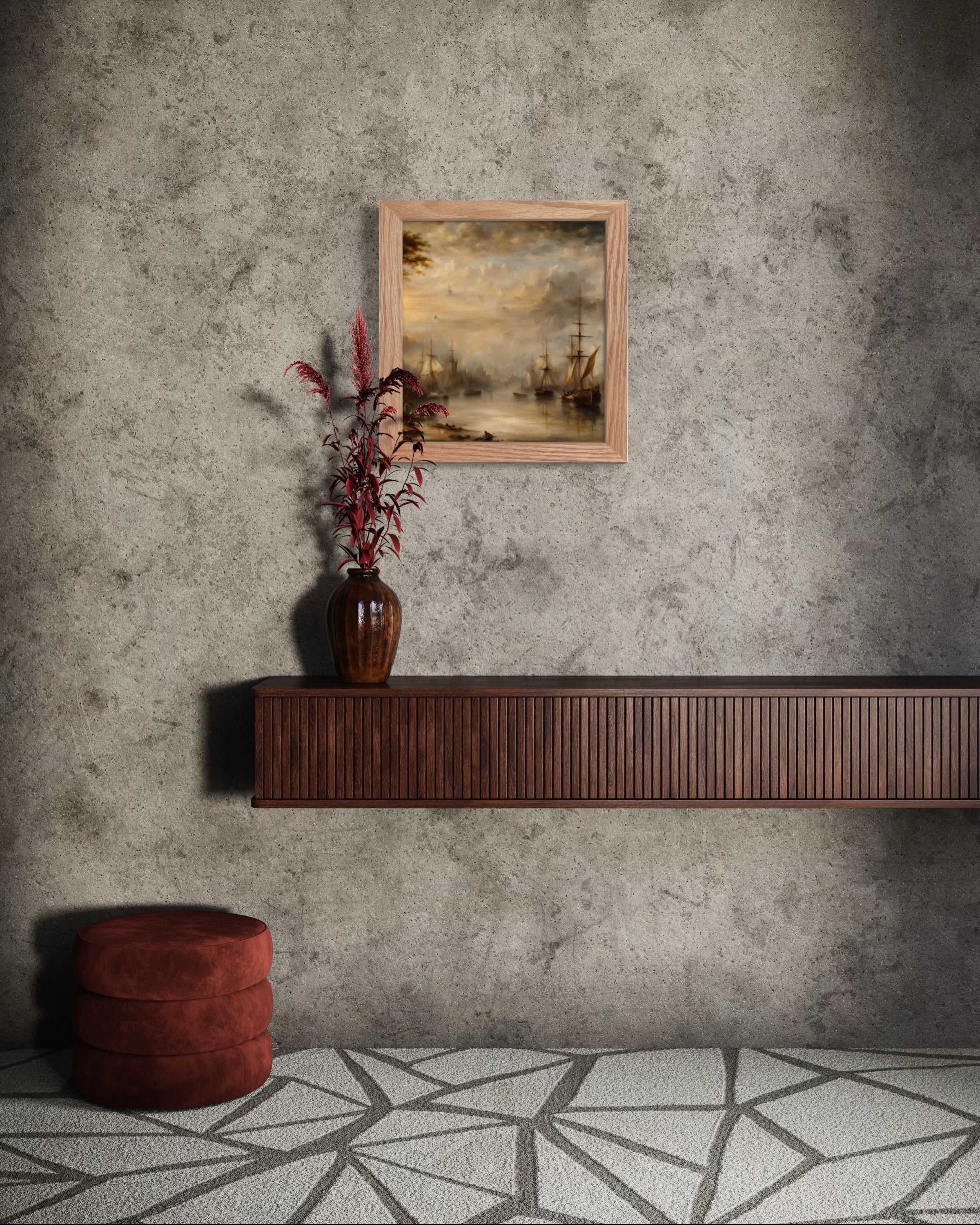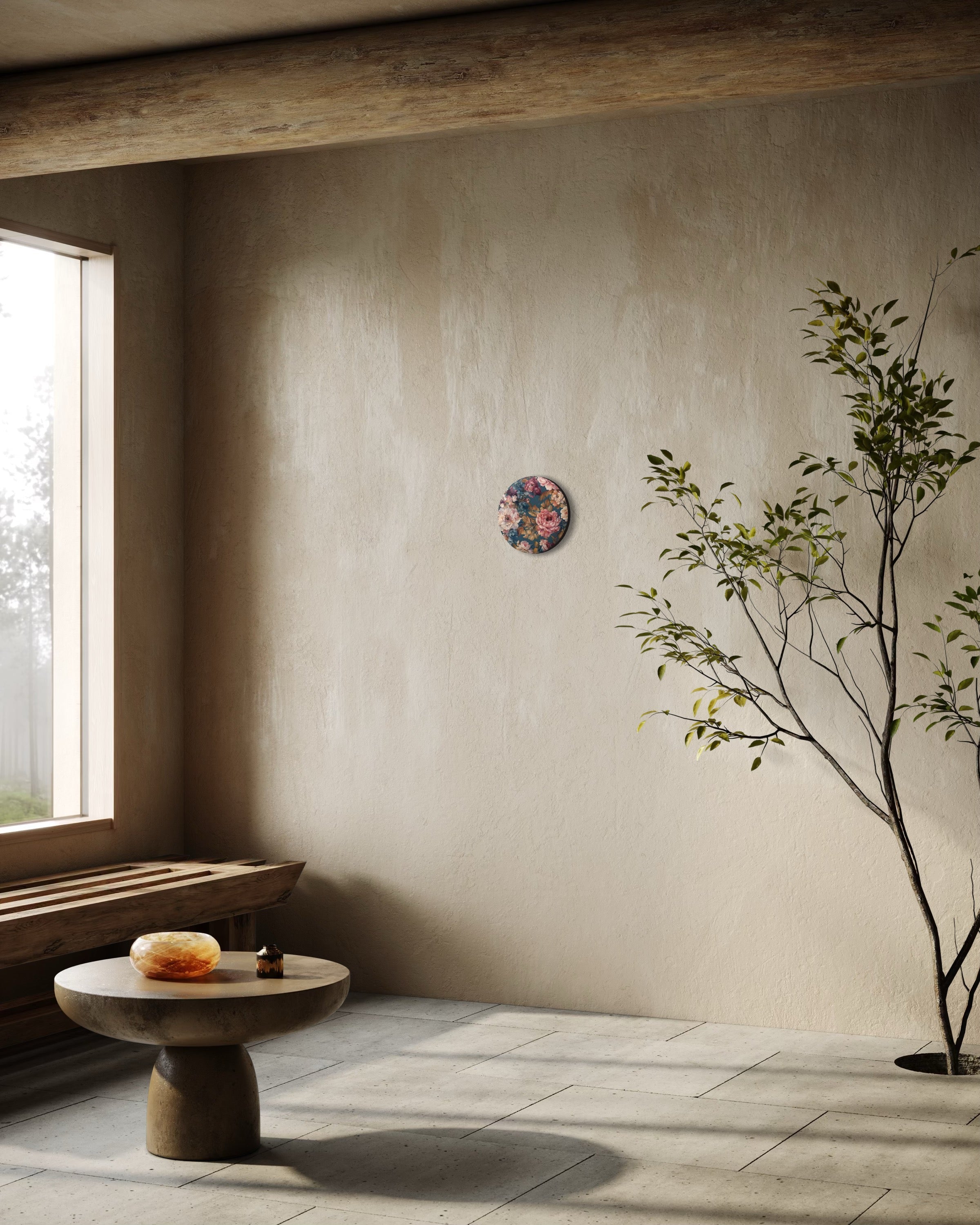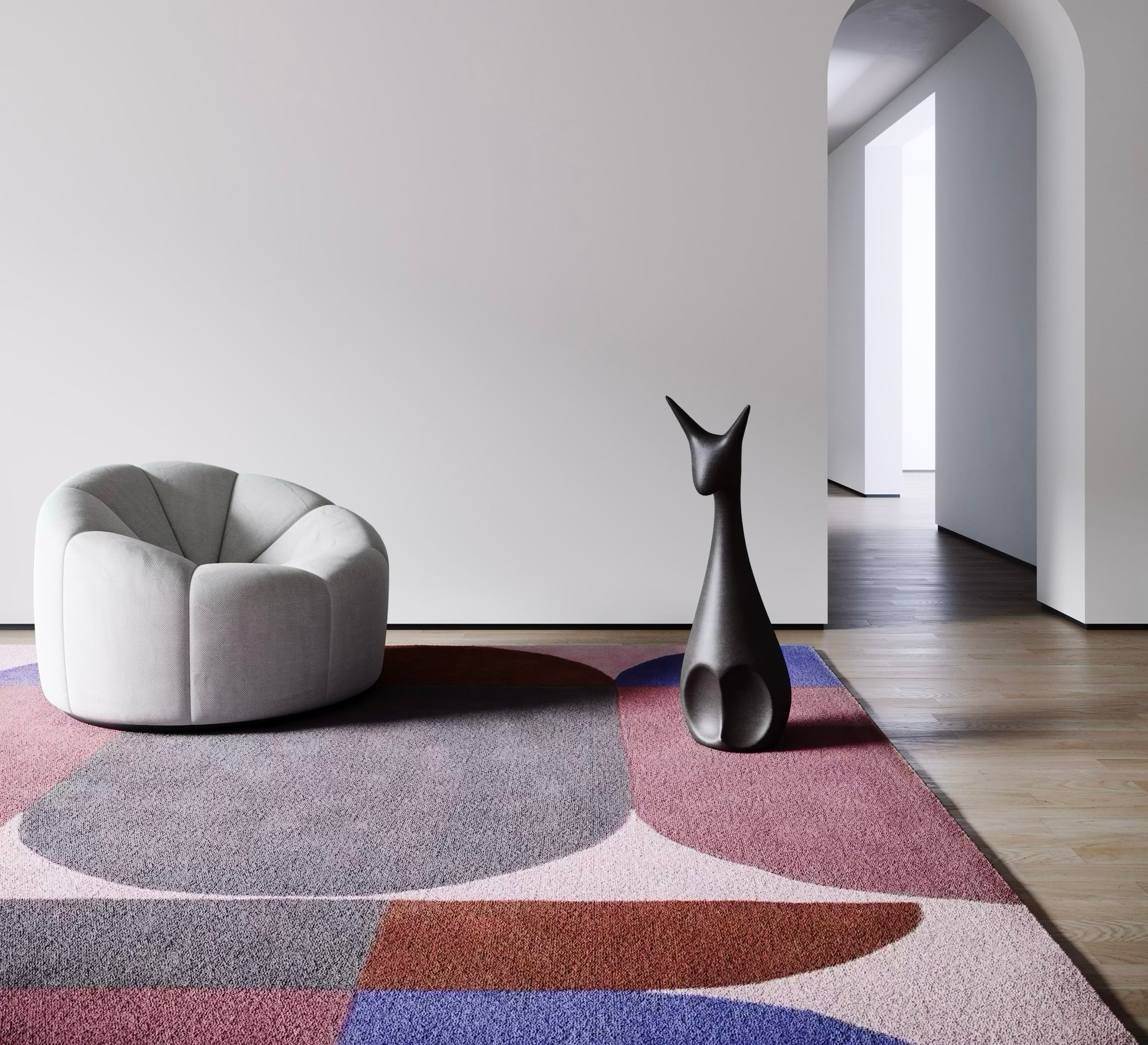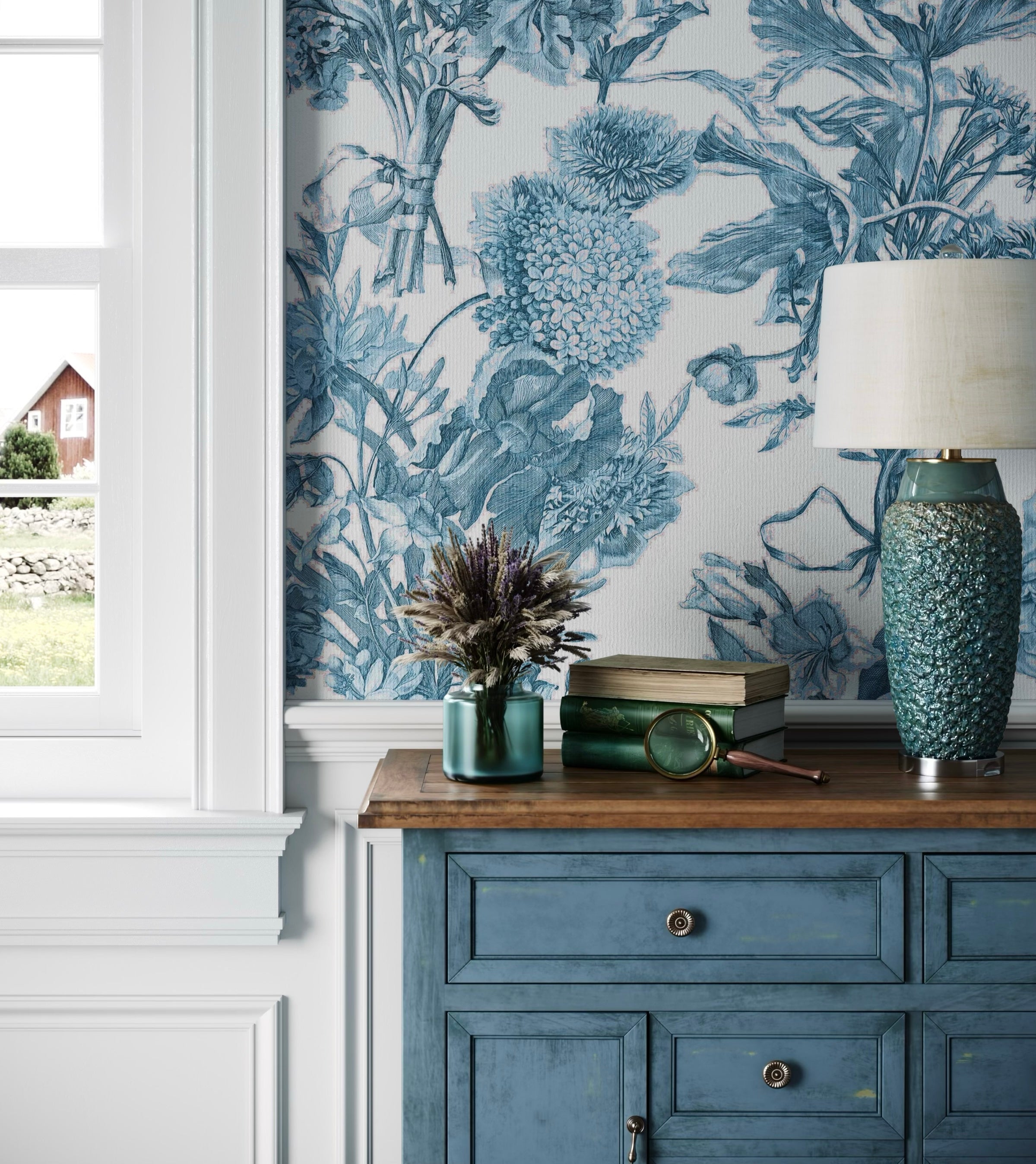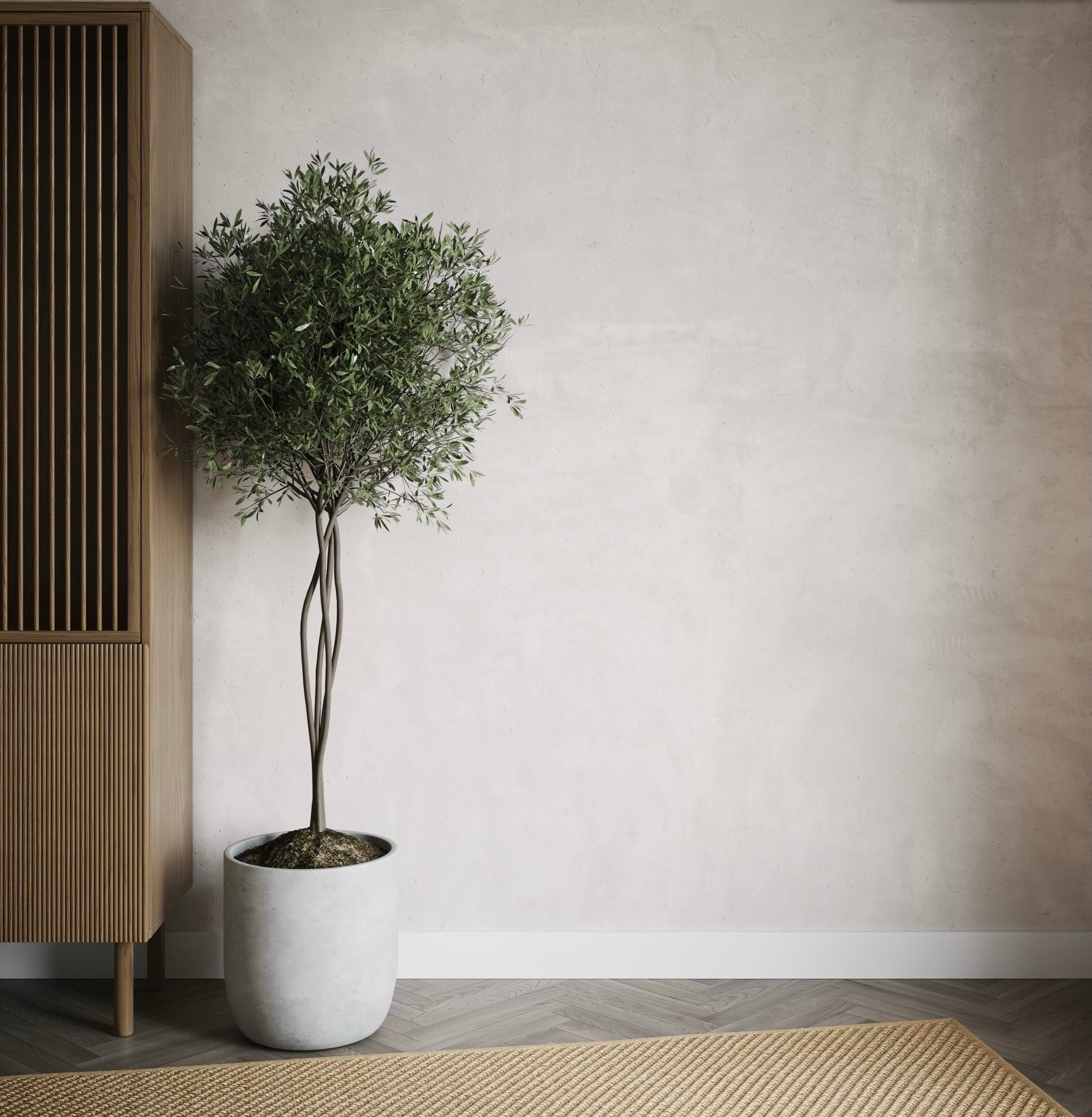Sisuverse Journal | Nest & Nurtured
Investigations into biophilic design, craft traditions, and how natural materials transform homes. Pattern history, architecture, folklore, and objects that shape domestic sanctuary.
-
Read more: The Architecture of Gathering: Table Setting as Sanctuary
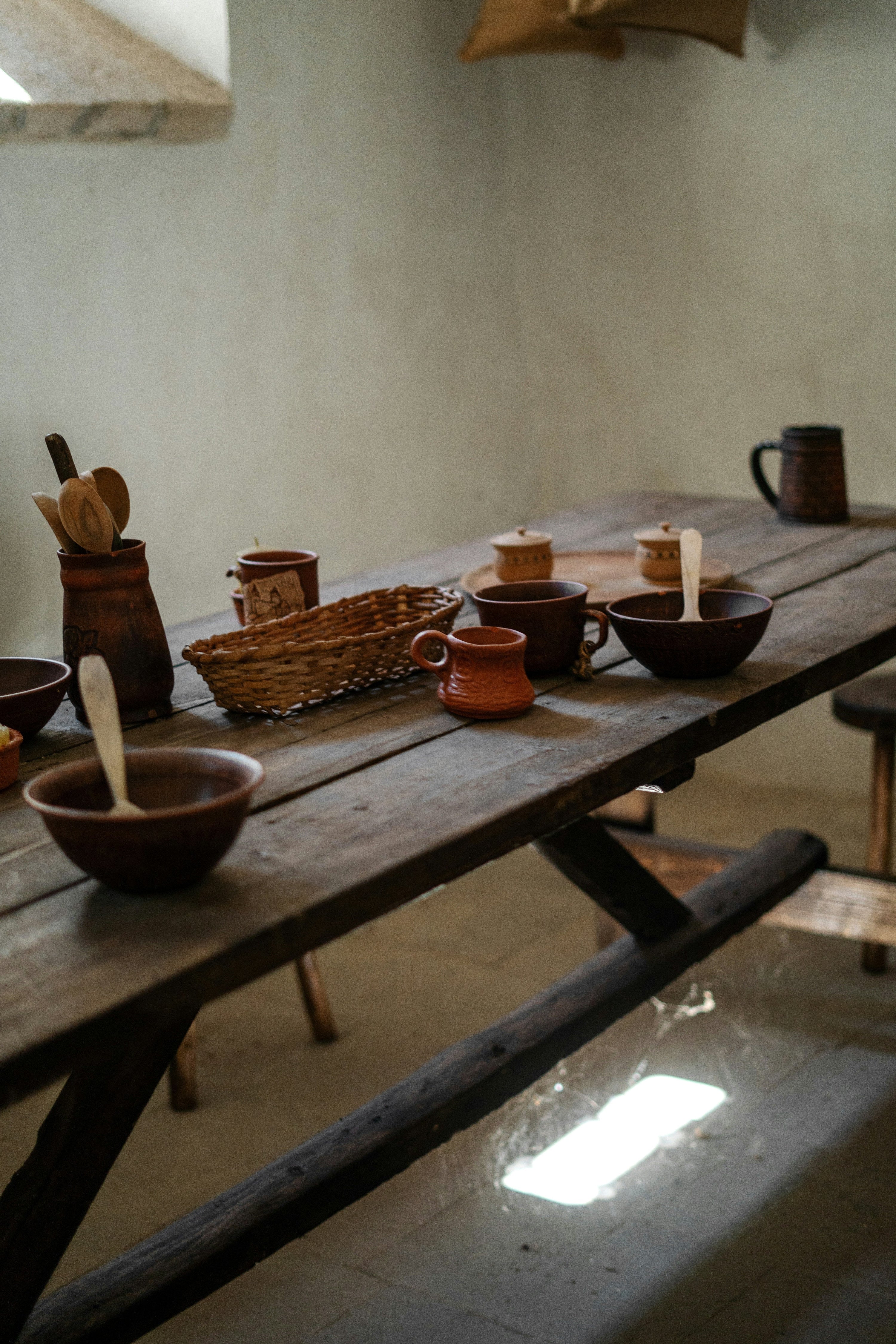
The Architecture of Gathering: Table Setting as Sanctuary
The table waits empty. Late October afternoon, light already failing though it's barely four o'clock. She moves between kitchen and dining room, carrying objects one at a time: linen runner the colour of aged paper, ceramic plates with hairline cracks that speak of years rather than damage, brass candleholders heavy in the hand. Each placement deliberate, a small decision about where things belong, how they relate, what the composition says before anyone speaks a word. This is older than hospitality. Older than manners.
The act of preparing surface for shared eating touches something primal: the circle around fire, the communal bowl, the agreement that for this time, in this space, we pause our separate struggles and become briefly, intentionally, together. She folds napkins without thinking, hands remembering the motion from childhood tables. Outside, wind strips the last leaves from the ash tree. Inside, she lights the first candle. The flame steadies, catches on brass, throws soft light across linen. The table begins to hold something beyond its objects: expectation, intention, the promise that when people arrive, something will shift from ordinary to consecrated.
Read more -
Read more: The House That Holds You: Psychology, Folklore, and the Architecture of Wellbeing
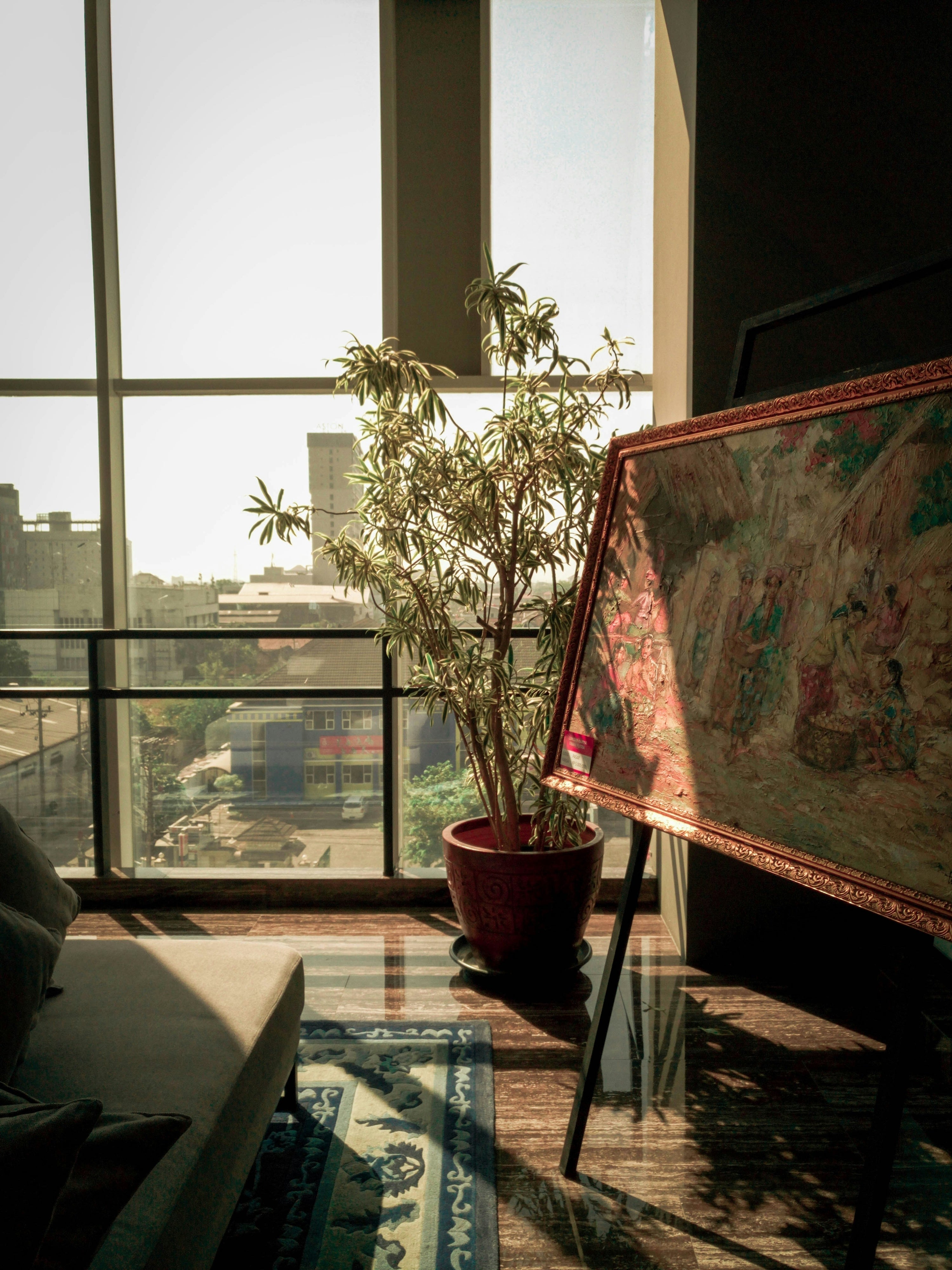
The House That Holds You: Psychology, Folklore, and the Architecture of Wellbeing
The key turns. Not smoothly but with that familiar catch at the halfway point, metal finding the groove it has found ten thousand times before. The door swings inward. Before thought forms words, before bags drop to the floor, before lights switch on, the body already knows. Shoulders fall. Breath deepens. Something in the chest unclenches. This is not metaphor.
Scientists can measure it: cortisol dropping, heart rate slowing, the hippocampus recognising these particular walls, this precise angle of afternoon light through that west window. Your body reads home before your mind catches up. The Romans knew this. They placed household gods in corners, small bronze figures called Lares who witnessed everything, who absorbed the life lived within those walls. The Japanese understood it differently but equally: kami dwelling in beloved objects, houses accumulating soul through decades of habitation. The Scots said it plainly: some houses feel happy, some troubled, and you know which within moments of crossing the threshold. They were all describing the same truth. Your home is not shelter. It is participant. It shapes what you think, what you remember, how you feel. It holds you. The question is whether it holds you well.
Read more


